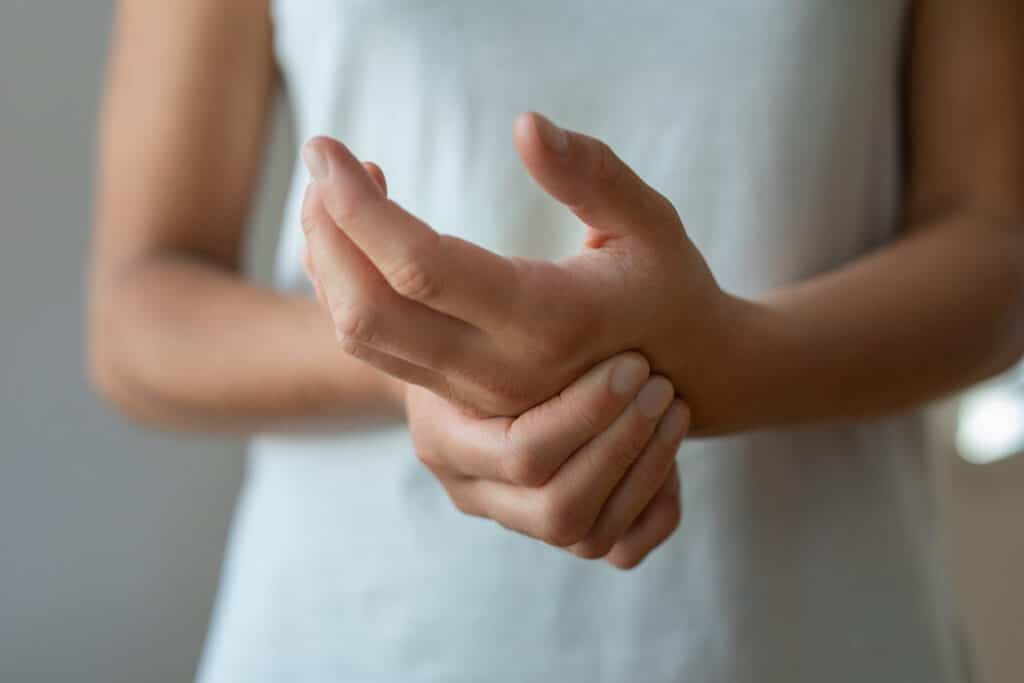
Our hands play an essential role in virtually everything we do, so it’s no surprise that they can develop an array of problems from overuse, aging, and injury. Whether you’re a writer, musician, artist, or athlete, chronic hand and finger pain can interfere with your performance and make daily tasks feel unbearable. Luckily, there are several safe and effective ways to manage hand and finger pain, including physiotherapy and chiropractic care. In this blog post, we’ll explore these options in more detail to help you find relief and prevent pain from progressing.
Physiotherapy for hand and finger pain:
Physiotherapy is a time-tested and research-backed method of managing hand and finger pain. A physiotherapist can examine your hand and finger movements and create a custom treatment plan based on your specific needs. Physiotherapy typically involves exercises, stretches, and massage techniques to improve strength, range of motion, and flexibility. Physiotherapy can also help you learn proper posture and body mechanics to reduce strain on your hands and fingers.
Chiropractic Care for hand and finger pain:
Chiropractic care is another approach to managing hand and finger pain. Chiropractors use manual adjustments and manipulations to help improve joint mobility, reduce inflammation, and support healing. Chiropractic care may also include soft tissue therapies like massage and trigger point therapy to alleviate muscle tension and pain.
Ergonomic Changes:
Ergonomic changes may also be necessary to prevent hand and finger pain from worsening or reoccurring. This includes adapting your work environment and routine to align with proper posture and joint positioning. For example, investing in ergonomic furniture, using cushioning for wrist support, and taking frequent breaks for stretching and movement can significantly improve hand and finger pain.
Lifestyle Changes:
Lifestyle changes can have a significant impact on hand and finger pain, from reducing inflammation to improving overall physical fitness. A balanced diet rich in antioxidants, omega-3 fatty acids, and anti-inflammatory foods can reduce pain and improve joint health. Stretching and strength-building exercises like yoga, Pilates, and weightlifting can also improve hand and finger pain.
Self-Care:
Finally, self-care is essential for managing hand and finger pain. Self-care can include practicing relaxation techniques like deep breathing and meditation, using warm or cold compresses for pain relief, taking over-the-counter pain medication as needed, and getting enough sleep to support healing.
Hand pain and problems can significantly impact your quality of life, but it’s essential to manage symptoms and prevent pain from worsening. Physiotherapy, chiropractic care, ergonomic changes, lifestyle changes, and self-care can all help you find relief and improve your overall health and wellbeing. If you’re suffering from hand and finger pain, it’s important to consult with a medical professional to create a personalized treatment plan that works for you. Remember, with the right care, you can overcome hand and finger pain and get back to doing what you love.
If you have any questions or would like to explore further, please book a free, no-charge online appointment with either myself, Nitin Nair, BPT, R/TRO DIP, PT, or another Kitchener physiotherapist at CARESPACE. We are happy to listen and are here to help!

